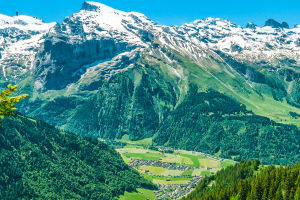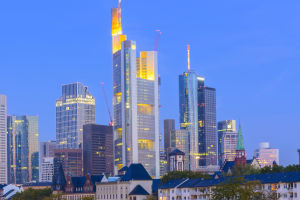Hello, culture enthusiasts! Ever wonder why Dutch windmills are so iconic? The sight of a windmill against a sprawling Dutch landscape instantly evokes the Netherlands’ charm and heritage.
These structures are more than picturesque—they're a testament to Dutch resilience, ingenuity, and their intimate relationship with nature. Let’s dive into the unique history, functionality, and cultural significance that have made Dutch windmills such enduring symbols.
The Humble Beginnings of Dutch Windmills
Windmills first arrived in the Netherlands in the 13th century, and they were not initially the charming structures we know today. Instead, they served as essential tools for survival. Much of the Netherlands is below sea level, so the Dutch had to devise ways to keep their lands dry. Polder mills were the answer: wind-powered machines designed to pump water from low-lying areas into canals. The landscape of the Netherlands transformed as these early mills helped reclaim land, allowing towns and agriculture to flourish in areas that were once swampland.
Through centuries of refinement, the Dutch not only embraced windmills but revolutionized their design and efficiency. The mills became sophisticated mechanisms, with some even having adjustable sails for varying wind conditions. This adaptability turned windmills into reliable workhorses of the economy, used for everything from grinding grain to sawmilling timber.
Cultural Significance and Heritage Sites
Windmills have come to represent the resourcefulness and resilience of the Dutch people, who learned to work with nature rather than against it. Today, Dutch windmills are celebrated as architectural marvels and historical icons. Several windmills, such as those at Kinderdijk, have been designated as UNESCO World Heritage sites. Built in the 18th century, Kinderdijk’s 19 mills represent the pinnacle of Dutch water management systems and attract countless tourists each year.
Each mill tells a story, and many families have passed down their windmill ownership through generations. These windmills have become cultural treasures, symbols of not only Dutch innovation but also the bond between nature, technology, and society. Visiting these historic windmills offers a glimpse into the past and the skills required to manage the landscape.
Why They’re Iconic: A Balance of Aesthetics and Function
The iconic shape of Dutch windmills, with their large rotating sails and charming structures, has earned them a place in art, photography, and literature around the world. But their beauty isn’t just visual. The traditional Dutch windmill represents an ecological harmony that aligns perfectly with modern values of sustainability. Before the industrial era, the Dutch were pioneers of renewable energy, using wind rather than fuel to power their mills. In today’s world, this connection to natural energy feels timeless and inspiring.
Additionally, the aesthetic charm of Dutch windmills has influenced architecture far beyond the Netherlands. You’ll find windmill-inspired designs worldwide, and many countries have adopted similar structures as tourist attractions, recognizing the unique blend of practicality and beauty that Dutch windmills embody.
Famous Windmills to Visit in the Netherlands
Curious to see these wonders in person? Here are some must-visit spots:
- Kinderdijk: A UNESCO World Heritage site featuring 19 windmills, Kinderdijk offers visitors a well-preserved look into the heart of Dutch water management. Entry Fee: Approximately €8.50. Hours: Open year-round, though hours vary by season.
- Zaanse Schans: Located near Amsterdam, Zaanse Schans is a historic village showcasing functioning windmills, traditional Dutch houses, and artisans making cheese, clogs, and more. Entry Fee: Free to enter the village; windmill access costs around €5 per mill. Hours: 9 AM – 5 PM daily.
- De Gooyer: This Amsterdam windmill is one of the tallest wooden windmills in the country. Though not open to the public, it’s attached to a brewery, making it a unique spot to enjoy local drinks with a historic view.
The Legacy of Dutch Windmills: From Necessity to Nostalgia
Windmills hold a place in Dutch history and hearts, embodying a culture of resilience and adaptability. While modern technology has replaced many of their functions, the Dutch continue to honor windmills as symbols of their heritage. Visiting a Dutch windmill is not just a glimpse into history but a journey into the Dutch spirit—resourceful, resilient, and deeply connected to nature.
The next time you see a photo of a Dutch windmill, remember: you’re not just looking at a quaint building but a monument to centuries of innovation, survival, and harmony with the elements. So, who’s ready for a windmill-filled journey to the Netherlands?


